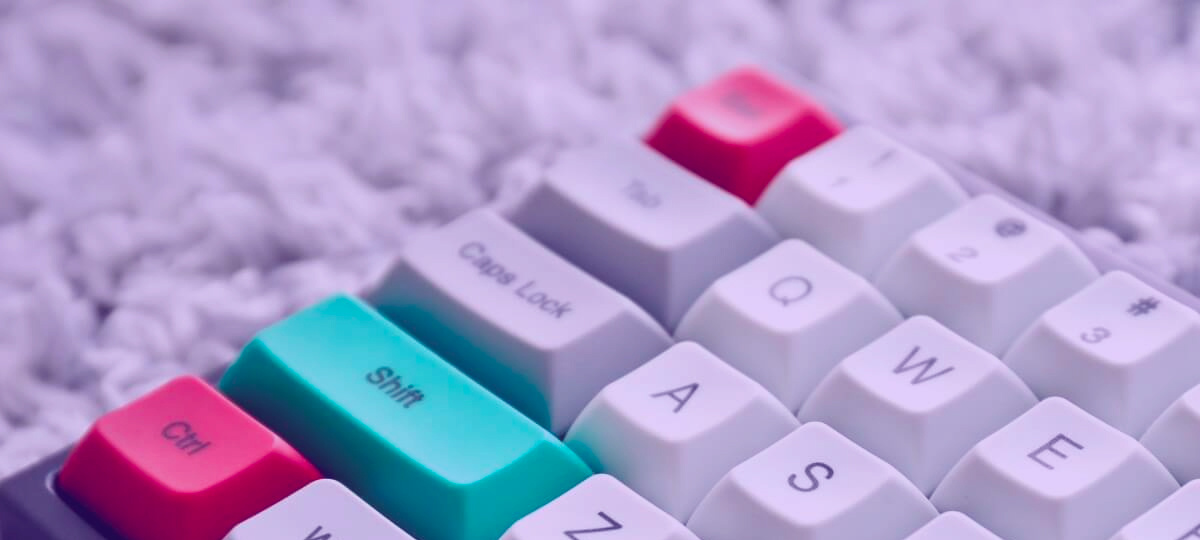20 Useful Windows Keyboard Shortcuts to Speed Up Your Workflow
By: Thomas De Moor
June 8, 2021 3 min read

Software developers understand the importance of keyboard shortcuts. Not having to reach for your mouse every few seconds can significantly speed up your workflow. Consider how often you use Ctrl-cand Ctrl-v to copy and paste, or how often you switch between windows with Alt-Tab. Keyboard shortcuts are huge time savers.
The list is organized in three categories:
- Keyboard shortcuts that begin with
Ctrl; - Keyboard shortcuts that begin with the Windows key
Win; - Other keyboard shortcuts.
Ctrl Keyboard Shortcuts
Ctrl + E: returns focus to the search bar of your active window. Useful if you want to quickly search for files in file explorer or when you're done browsing your current browser tab and want to search for something else.
Ctrl + N: depending on the program you're currently on, this opens a new window, document, or file. Useful if you want to open another file explorer or browser window.
Ctrl + T: most commonly used to open a new browser tab. Use this together with Ctrl+N and you'll be flying through tabs and windows without problems.
Ctrl + W: closes the windows, image, or tab you're currently viewing. The two above-mentioned keyboard shortcuts helped you open tabs and windows. This one helps you close them.
Ctrl + Shift + Esc: opens up task manager. This is much faster than using Ctrl + Alt + Del and then clicking task manager. Useful when your software crashes and you need to stop it running.
Ctrl + Shift + [arrow key]: selects either the first symbol left or right of your cursor with the left or right arrow key. The down or up arrow key select the rest of the paragraph that's left or right of your cursor, respectively. Incredibly useful to quickly select words or code.
Ctrl + [number]: switches to the first, second, third, ... tab of your active browser window. It's the fastest way to switch between browser tabs.
Ctrl + mouse wheel scroll: zooms in or out in most programs. Useful to make thumbnails in file explorer bigger or make small website fonts easier to read.
Win Keyboard Shortcuts
Win + D: shows or hides the desktop. Useful because you can quickly return to your previous view. If you're someone who stores files on the desktop, this one's for you.
Win + E: opens file explorer. Use it again for another window (or use Ctrl + N). Close the window quickly with Ctrl + W or Alt + F4.
Win + I: opens Windows Settings. Does not close if you press it again, unfortunately. You need to use Alt + F4 to close it.
Win + L: locks your computer or laptop. It's a good habit to lock your device whenever you walk away from it. This keyboard shortcut makes doing so easy.
Win + S: opens up the Windows search bar. Particularly useful if you've removed the search bar in your taskbar.
Win + X: opens up Windows' hidden start menu. From there, you can select features such as Windows Powershell, computer management, disk management, etc.
Win + Home: minimizes all windows except the active one, which is how it differs from Win + D (which minimizes all windows).
Win + [number]: switches to the program as it's pinned to your taskbar. For example, if you have Slack pinned first, Win + 1 will switch to Slack. If the program's not open, this keyboard shortcut will start it.
Other Keyboard Shortcuts
F2: renames files and folders. Useful in file explorer.
Home / End: move your cursor to the beginning or end of a line with Home or End, respectively. The end of a line does not mean the end of a sentence, but where the sentence breaks off to start a new line.
Alt + arrow key: move forward or backward in either a browser or file explorer. Useful to return to a previous website without having to reach for your mouse.
We hope you've discovered a few new, useful Windows keyboard shortcuts in this list. If you have, don't let your newfound knowledge go to waste. Use them wherever you can until they become part of your muscle memory.
TABLE OF CONTENTS



